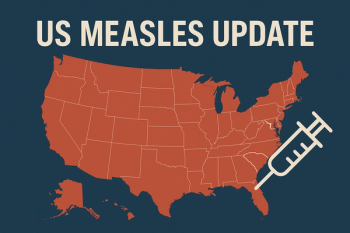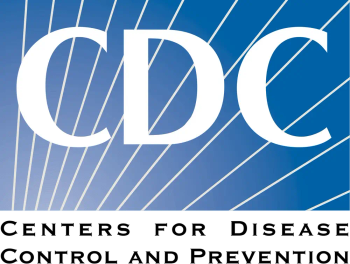
Melioidosis: A Widely-endemic Disease
Burkholderia pseudomallei, the bacteria that causes Melioidosis (or Whitmore's disease), was first discovered in 1911 by pathologist Alfred Whitmore and his assistant.
What is Melioidosis?
Melioidosis is a highly contagious disease primarily infecting people in areas with agriculture and farming. Classified as a bioterrorism agent by the Centers for Disease Control and Prevention (CDC), Burkholderia pseudomallei, the
This "glanders-like" disease was first discovered in morphia addicts, according to a
Symptoms of Melioidosis
Melioidosis has a vast range of symptoms and may be mistaken for tuberculosis or pneumonia. There are
Patients with pulmonary, bloodstream, or disseminated infection show symptoms consisting of headaches, chest pain, anorexia, joint pain, stomach or chest pain, seizures, weight loss, abdominal discomfort, respiratory distress, and disorientation. Symptom onset can range from one day after exposure, to many yeares. Most symptoms appear between two to four weeks after exposure. If caught early, the chance of survival is greater. Treatment options include medication, intravenous therapy, and oral antimicrobial therapy. Treatment begins with intravenous therapy for 10 to 14 days and then oral antimicrobial therapy for three to six months.
Melioidosis in Thailand
Although Melioidosis is endemic in Southeast Asia and northern Australia, additional cases have been frequently reported in northeastern Thailand, Singapore, and northern Australia according to the CDC. Cases are thought to frequently occur in Papua New Guinea, India, Southern China, Taiwan, and Vietnam among
According to
Over 1,000 people die of culture-confirmed Melioidosis on a yearly basis, and approximately 40% of the roughly 2,500 cases in Thailand die each year from this infection. The economic burden of this fatality on Thailand is at least $14.5 million annually, according to the Melioidosis
Research conducted by the Mahidol Oxford Tropical Medicine Research Unit (MORU) in Bangkok
Melioidosis in US Marines
Infection with this disease was diagnosed in United States marines during the Vietnam war era. Out of 34 previously unexposed US marines, 13 had positive serology after two weeks in Thailand and one developed acute disseminated disease according to a study
CDC Recommendations
The CDC
Newsletter
Stay ahead of emerging infectious disease threats with expert insights and breaking research. Subscribe now to get updates delivered straight to your inbox.





















































































































































































































































































